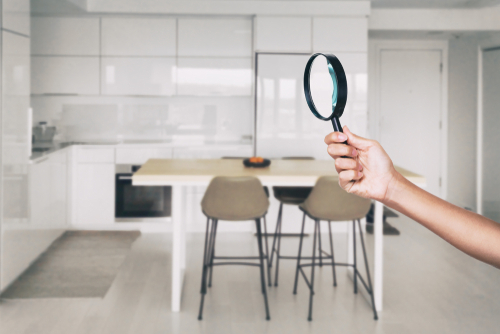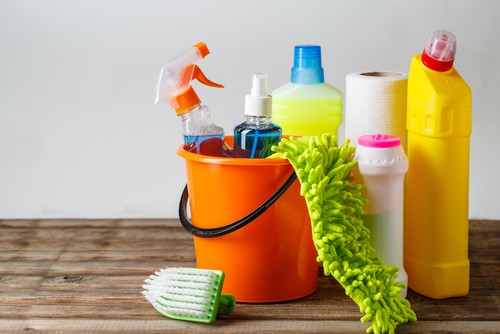
Can Sanitizing And Disinfecting Really Remove Virus? We are all aware that even if something looks clean, it does not mean that it is free from germs. For most homemakers, it’s not a secret that you can properly wash the cutting board after raw meat or clean the toilet very thoroughly, but microbes invisible to the naked eye will still remain on the surface. Most of them are harmless, but some bacteria and viruses, when ingested, can cause the development of diseases. Therefore, in order to get rid of germs in an apartment, it is important to know the effective sanitizing and disinfecting methods that would penetrate “deeper” than the surface layer.
Cleaning is simply removing dirt from the surface. It can be anything: from the remnants of food and fat to foreign bodies and dust. Cleaning is the first step in any hygiene cleaning procedure. Disinfection is cleaning using special tools that are designed to reduce the number of microorganisms on the surface being cleaned. Disinfection is an integral part of ensuring hygienic cleanliness. Sanitizing is where cleaning gets really serious! During Sanitization, all microorganisms on the surface being cleaned are killed. As a rule, Sanitization is most needed in places where people are very vulnerable to infection.
Table of Contents
Can Sanitizing And Disinfecting Really Remove Virus? – So what and when to apply?
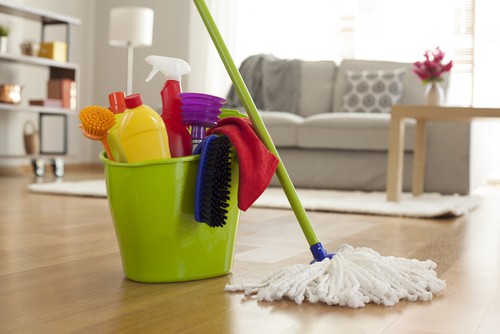
Regular cleaning of certain areas in the house and adequately selected cleaning disinfectants will help you to successfully protect your home from the virus. When cleaning, pay particular attention to the continuously used surfaces. What you and your loved ones most often come into contact with is more likely to contain more germs. Below are a few things that you should disinfect regularly.
1. The floors.
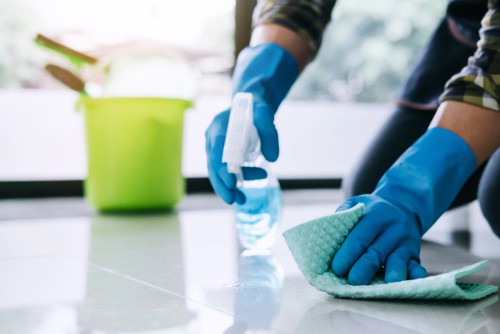
First, rinse off the dust and accumulated dirt, and then thoroughly wipe the floor using a suitable floor disinfectant such as Glorix.
2. Tables.
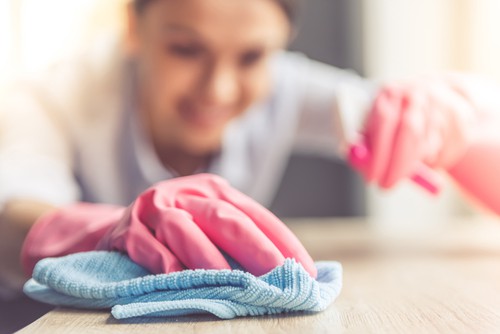
These include dining tables, coffee tables, tables for games in the nursery, bedside tables, and so on. We often touch them, but during cleaning, we do not always pay close attention to them, so they can quickly become microbial reproduction hot spots. Regular cleaning and disinfection can help prevent the development of pathogens in these areas.
3. Cooking areas.
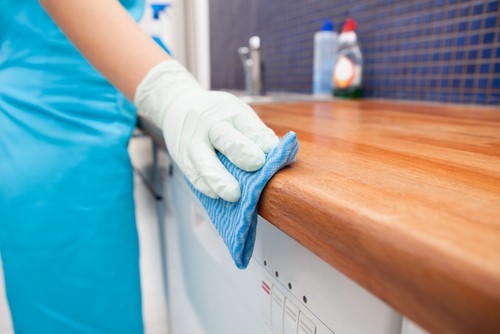
This is a zone of increased risk of the growth of microbes and bacteria, so you should pay special attention to cleaning and follow several simple rules. Set aside a separate cutting board and knife for raw meat, thoroughly clean and disinfect everything that comes into contact with it. This will help to stop cross-contamination. Remember to always wash your hands with soap before, during, and after cooking.
4. Frequently used items.
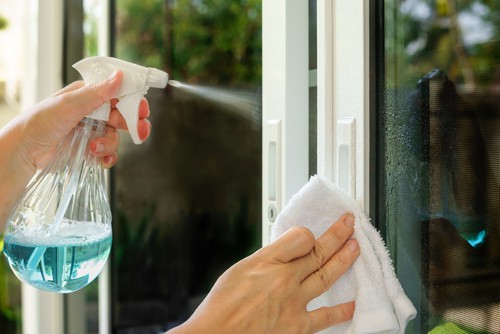
Things like remote control, mobile phones, taps, doorknobs, a computer keyboard, and children’s toys are rarely on our cleaning and disinfection list. However, if you think about it, then we use these items very often, and they may well become the primary sources of infection. Just make sure your detergent is suitable for washing the above surfaces, and don’t forget to sanitize them from time to time.
5. Sheets, blankets, and towels.
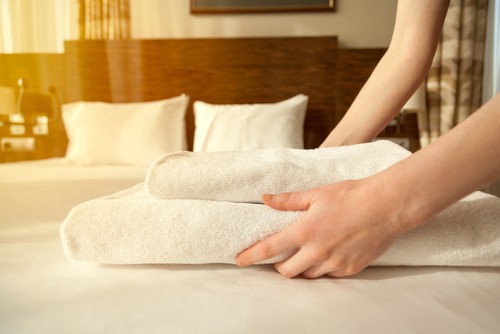
Yes, personal hygiene items need more attention than anything else! Change your towels and bed sheets more often, wash them at high temperature using detergent, and your skin and immunity will thank you. Besides, do not forget that the washing machine itself also needs regular disinfection. Purchase a special drum cleaner and, following the instructions on the packaging, clean the washing machine from time to time.
When is Sanitizing And Disinfecting necessary?
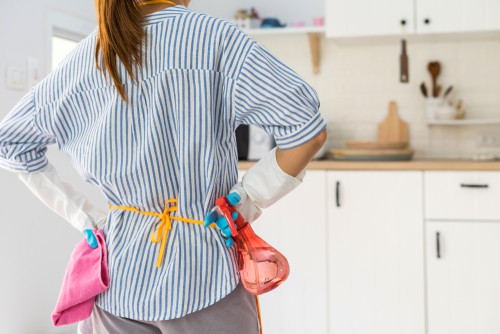
Cleaning and disinfection are usually enough to stop the spread of pathogens. But sometimes sterilization becomes a prerequisite for cleaning. For example, if a person in the house is vulnerable to viruses and bacteria, it is prudent to carry out sterilization regularly.
There are several ways to sterilize:
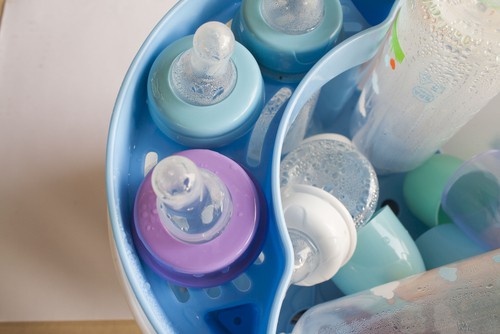
• The easiest way is boiling. Make sure that the item you are about to sterilize can be exposed to high temperatures. Then immerse it in boiling water for at least 10 minutes to ensure destruction of the germs.
• For baby bottles, soothers, and breastfeeding equipment, you can use a cold water sterilization kit. Before use, carefully read the manufacturer’s instructions!
• Steam sterilization using an electric sterilizer or microwave (do not forget to check the manufacturer’s instructions).
It is critical to comply with all of the above rules. This will help to defeat the microbes in your home! Before applying disinfection measures specified in this article, be sure to consult a specialist. Before you use any disinfector, carefully read the information on the package.




